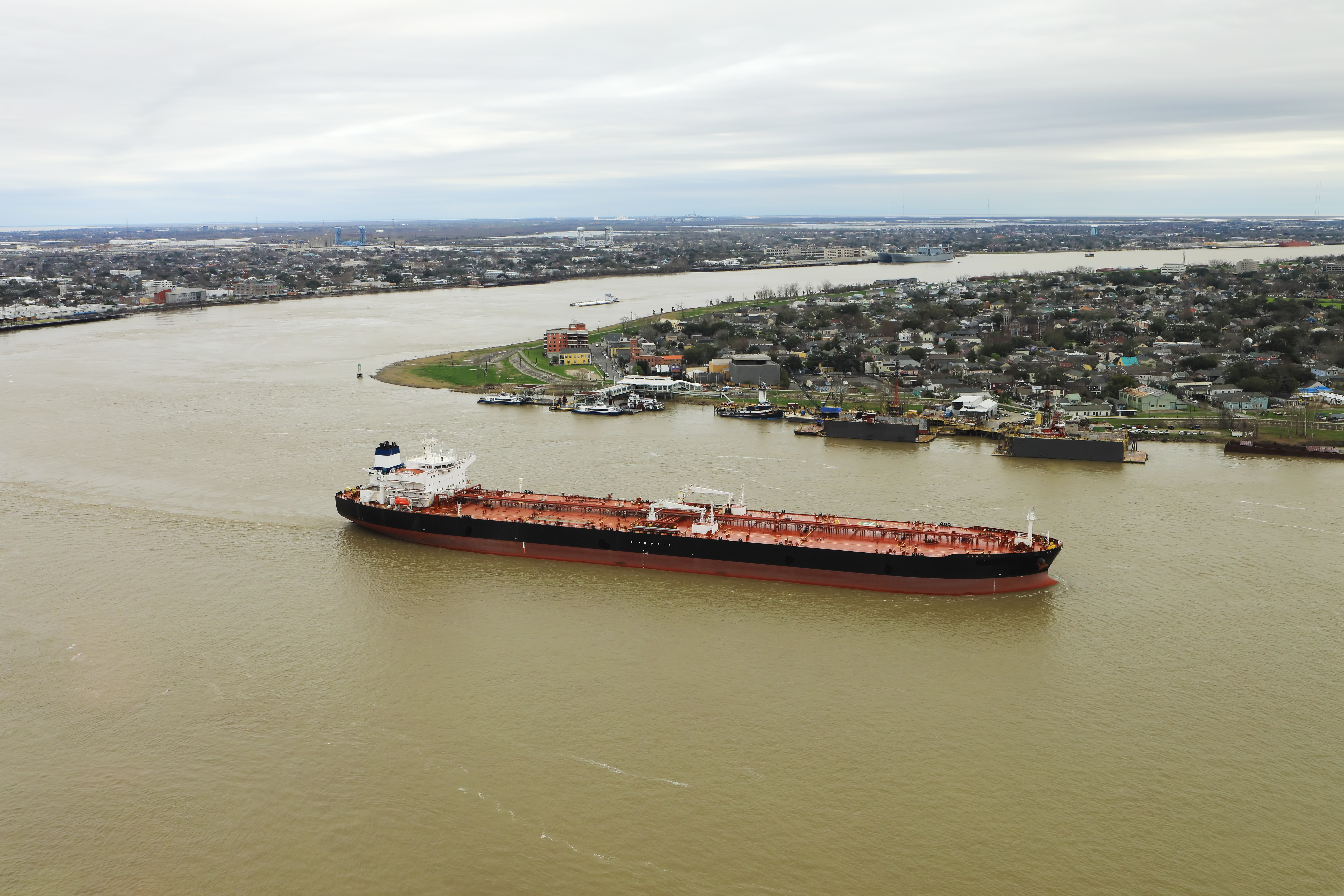This bulletin is a re-issue of Bulletin 609 - 11/08. In a previous incident, where the master of a vessel obtained professional medical advice on the storage of a deceased crewmember while at sea, the master was provided with incorrect guidance which could have resulted in the body's condition becoming damaged.
It is a common misconception that the best course of action, to preserve a dead body, is to freeze it. However, when a body is frozen the tissues dehydrate and the body develops freezer burn, and the skin turns black. This can have a negative impact on the interpretation of injuries, as well as on attempts at visual recognition by family members. Efforts to minimise distress to family members, who will clearly be going through a very difficult and emotional time, is welcome.
Rapid freezing of bodies can cause post-mortem injury, including cranial fracture. Handling bodies when they are frozen can also cause fracture, which will negatively influence the investigation and make the medico-legal interpretation of the examination results difficult.
Also, if frozen, it takes about three days for the body to thaw before the autopsy can take place, and the body will decompose much more quickly than if it had been refrigerated. There is therefore a danger of losing vital information at this stage.
Correct procedure
If it is anticipated that the body will not be stored on board for longer than two months then it should be refrigerated at 4° Celsius. If the body is to be stored on board for longer than two months then freezing or embalming may be necessary.
Whenever possible a body should be retained for post-mortem examination or for burial ashore. For the sake of the deceased person's relatives and to preserve the body in the best possible condition, if there is going to be any delay in reaching port, thoroughly wash and dry the body all over. Comb out and part the hair and give attention to finger nails. Straighten the arms and legs and interlock the fingers over the thighs. Tie the ankles together to keep the feet perpendicular. Empty the bladder by firm pressure over the lower abdomen. The body should then be put into a body bag and kept in a refrigerator or cold store which will have to be set aside for the purpose. The aim is to store the body at approximately 4°C, it should not be frozen. An alternative, if near port, is to lay the naked body on ice in a bath and to cover the body with lots of ice. MCA 'Ship Captain's Medical Guide' Chapter 12: The dying and the dead |




